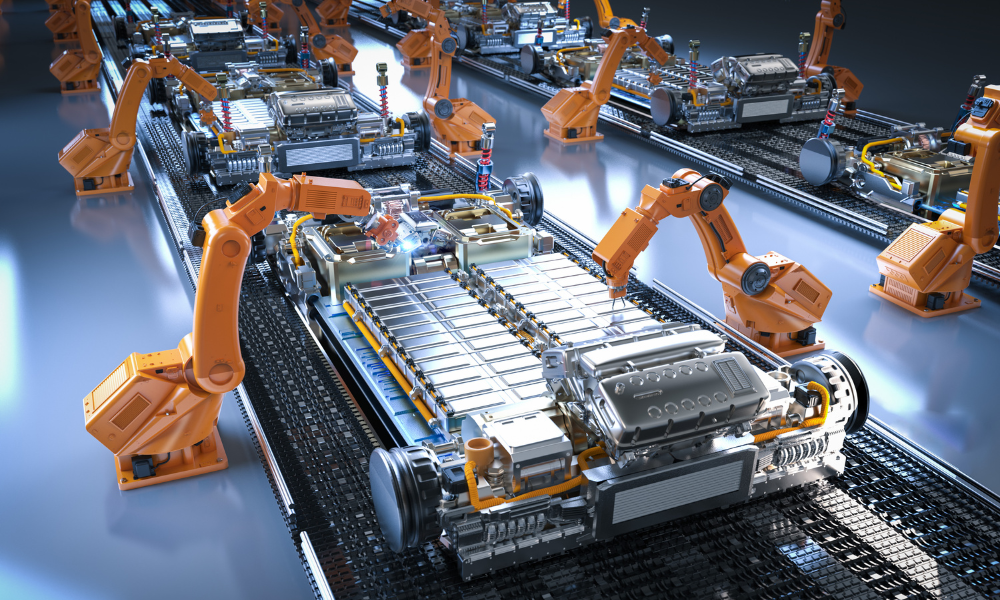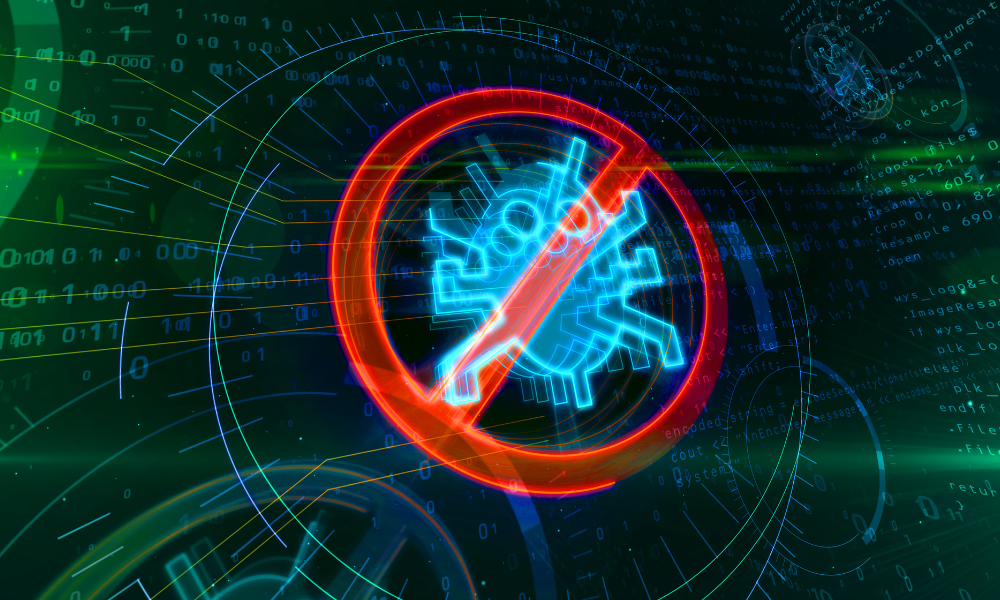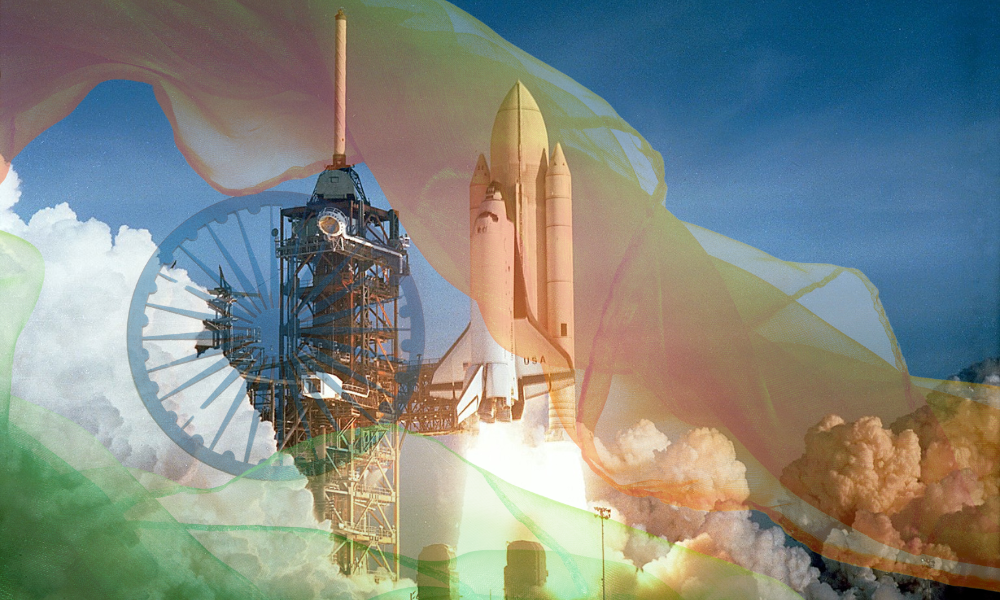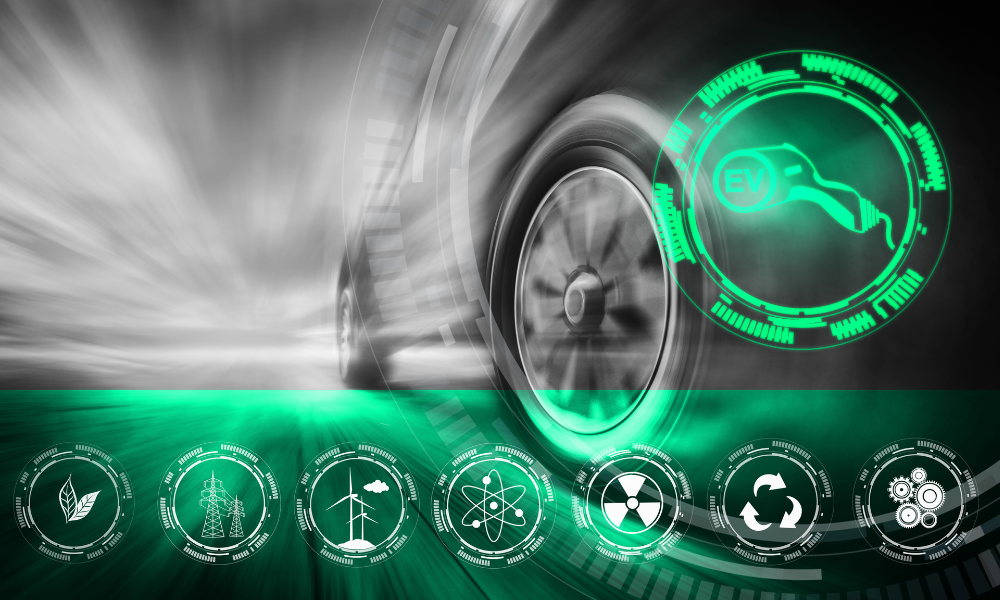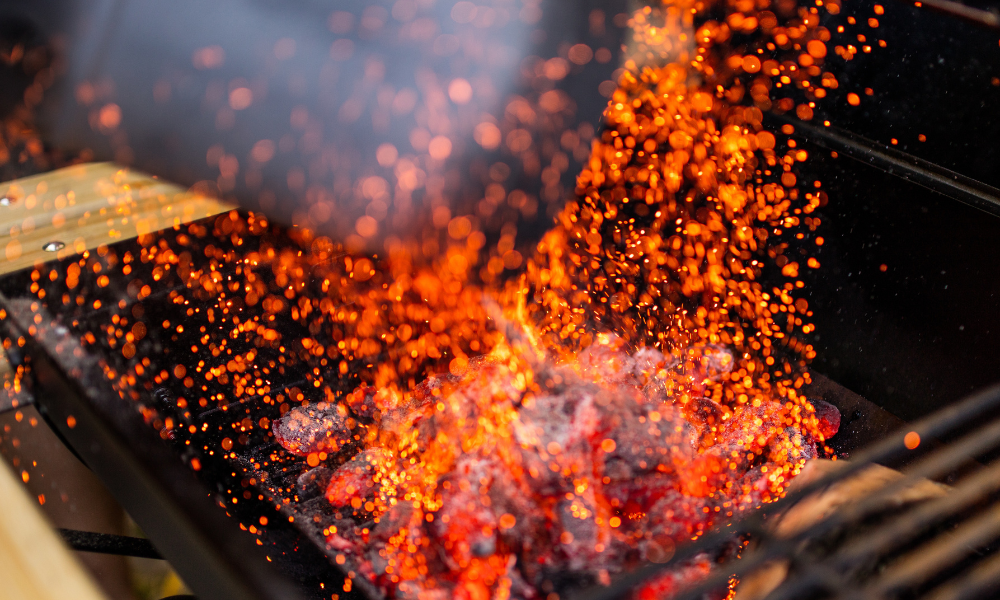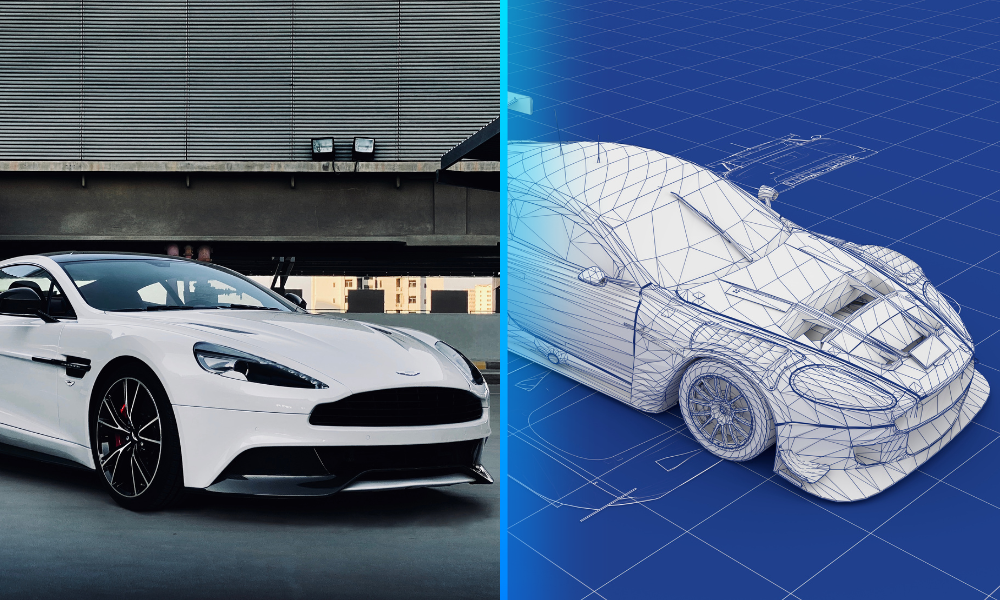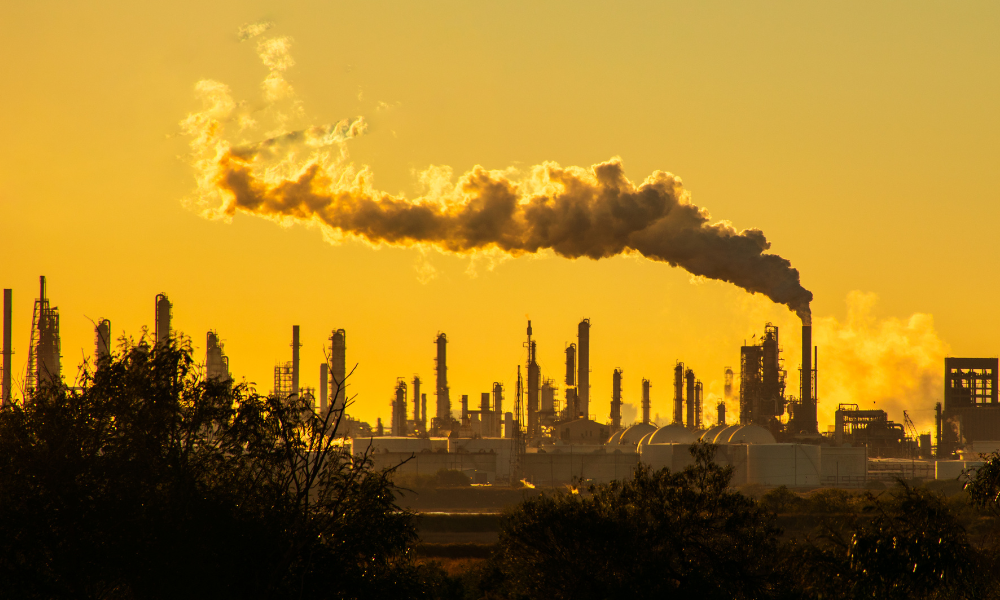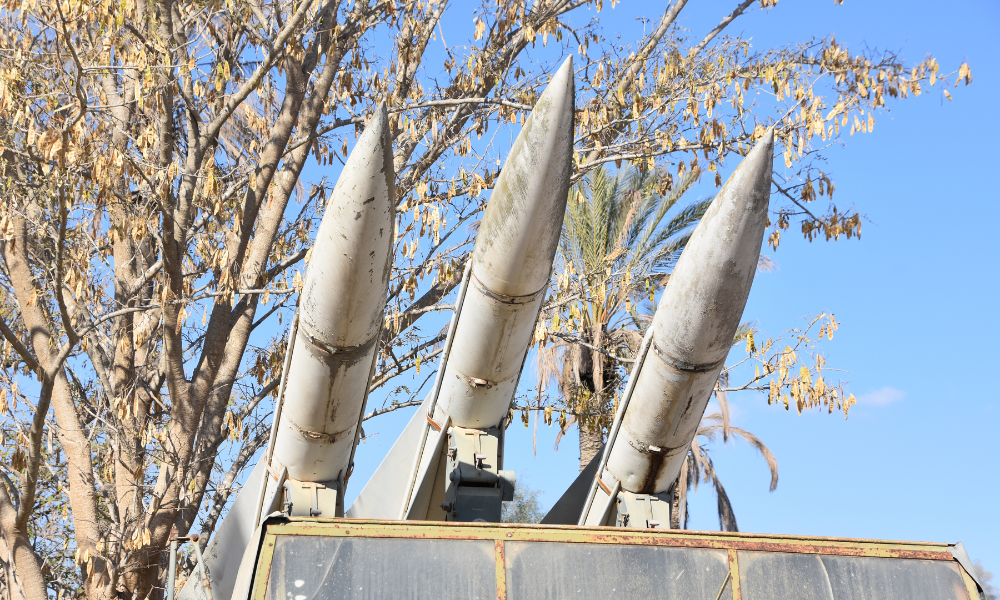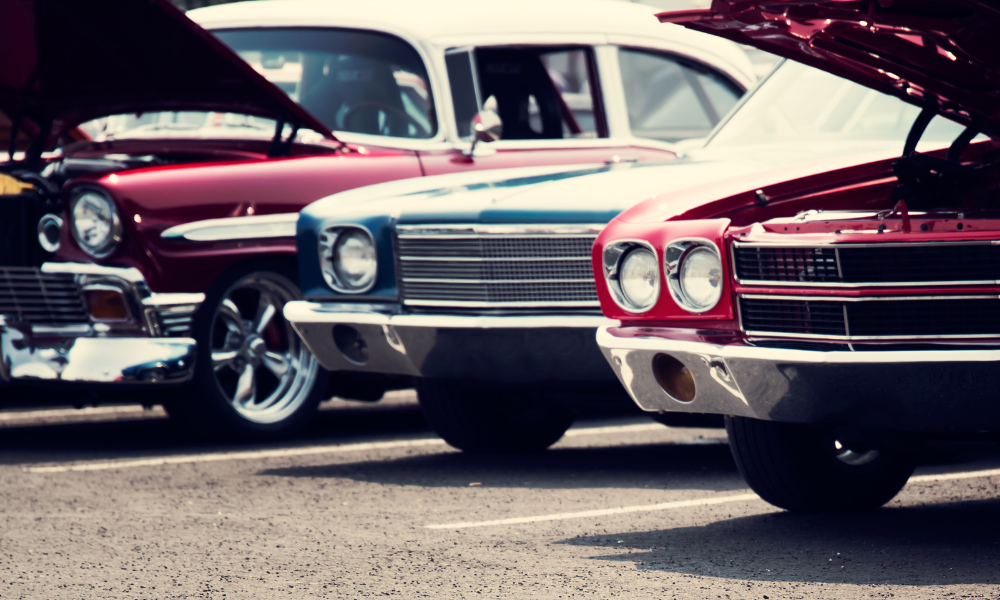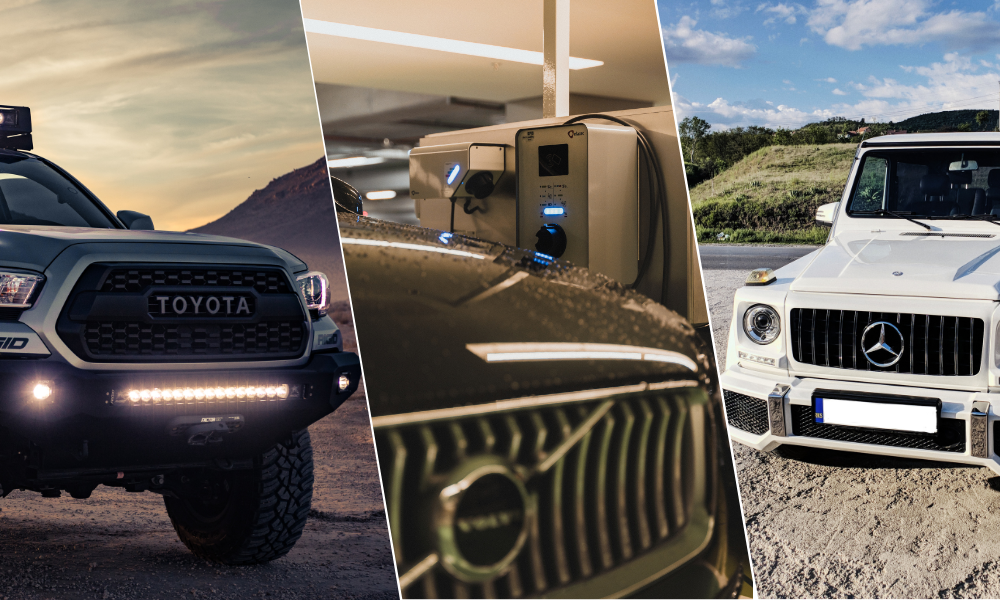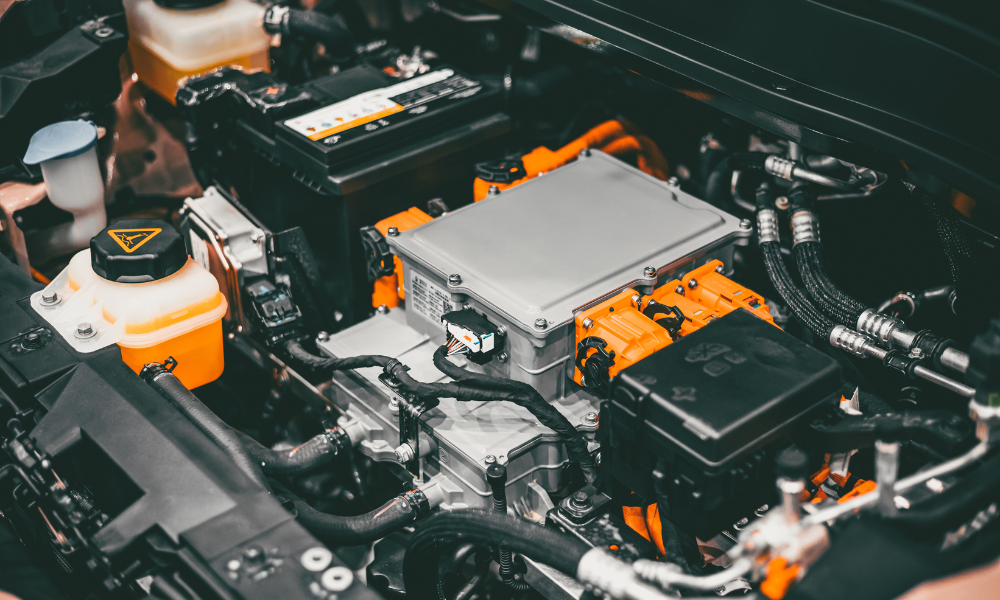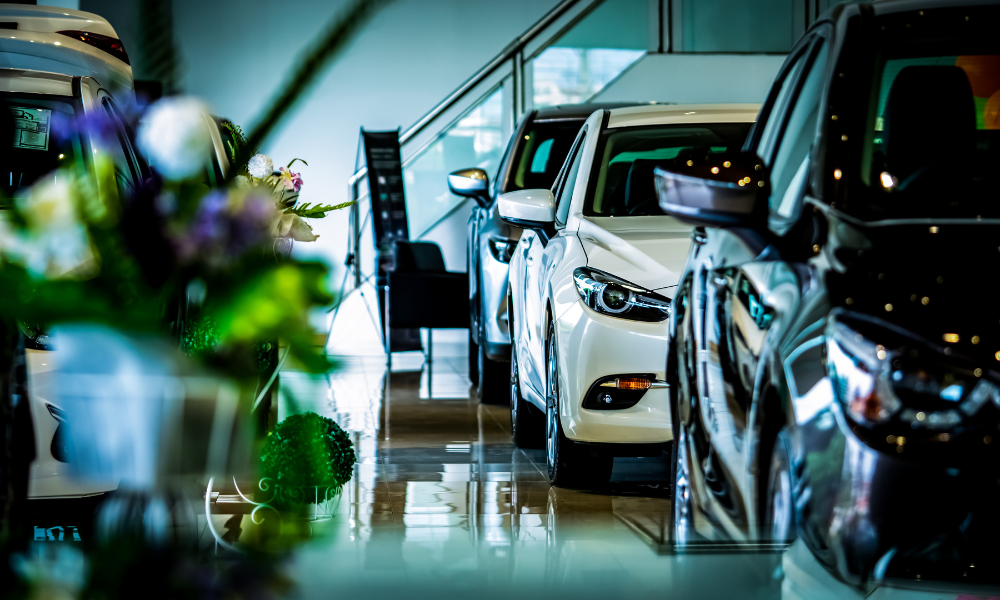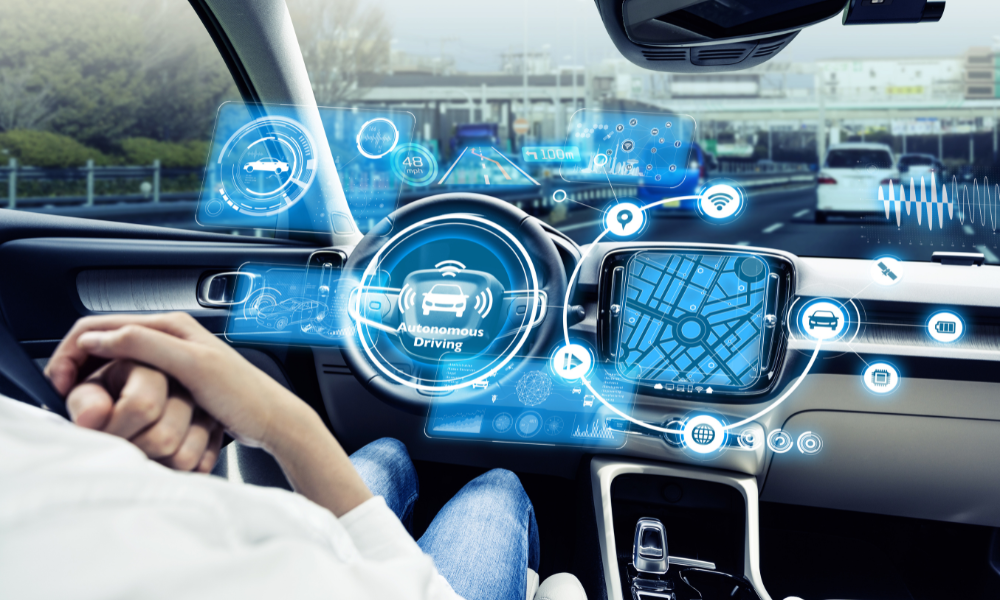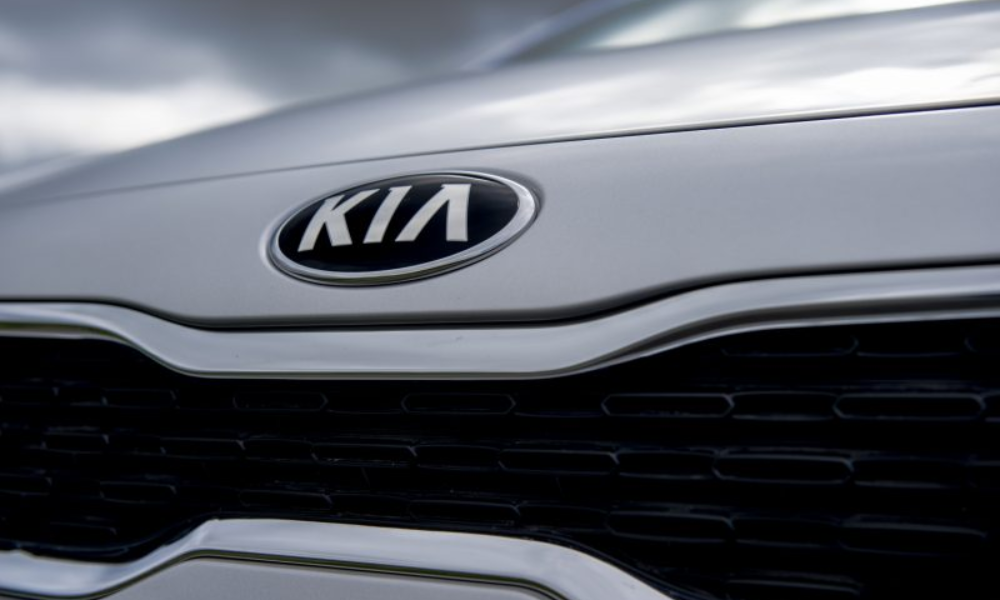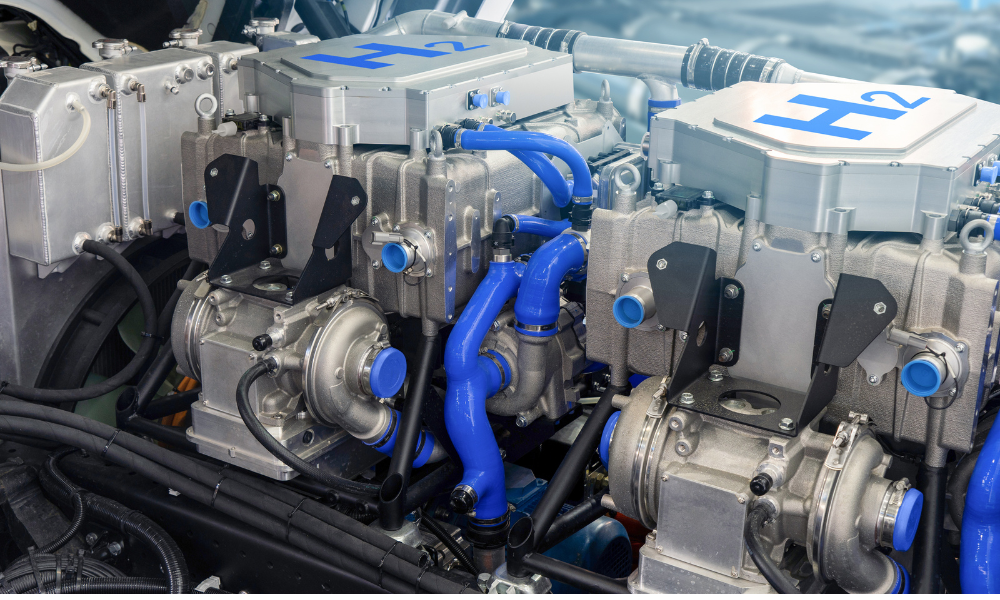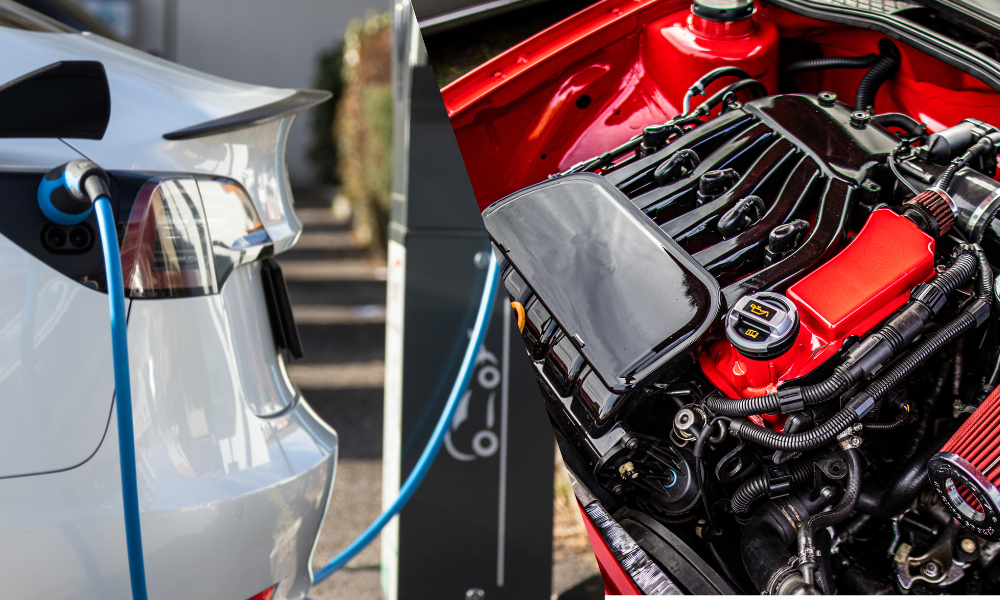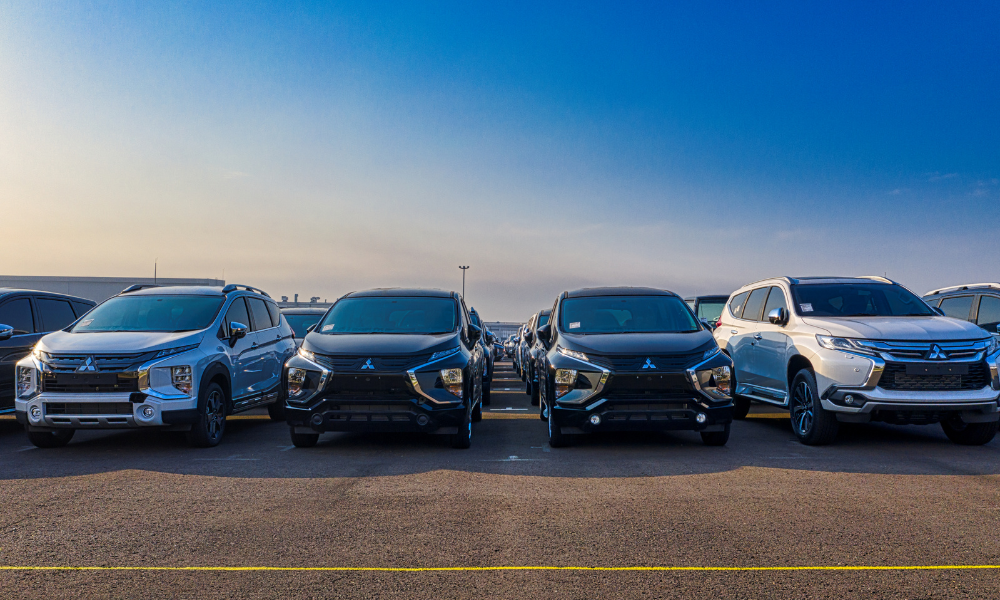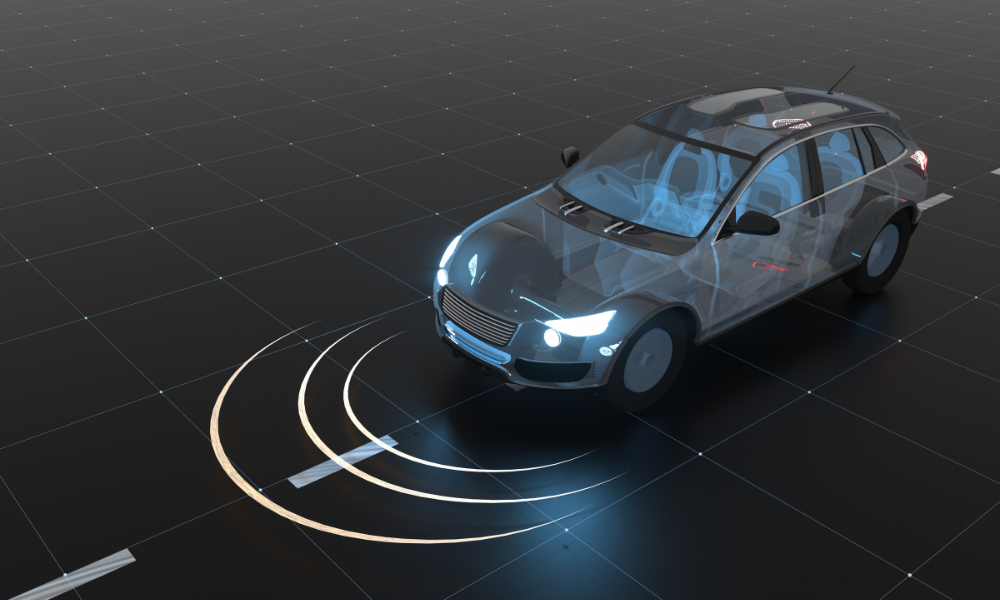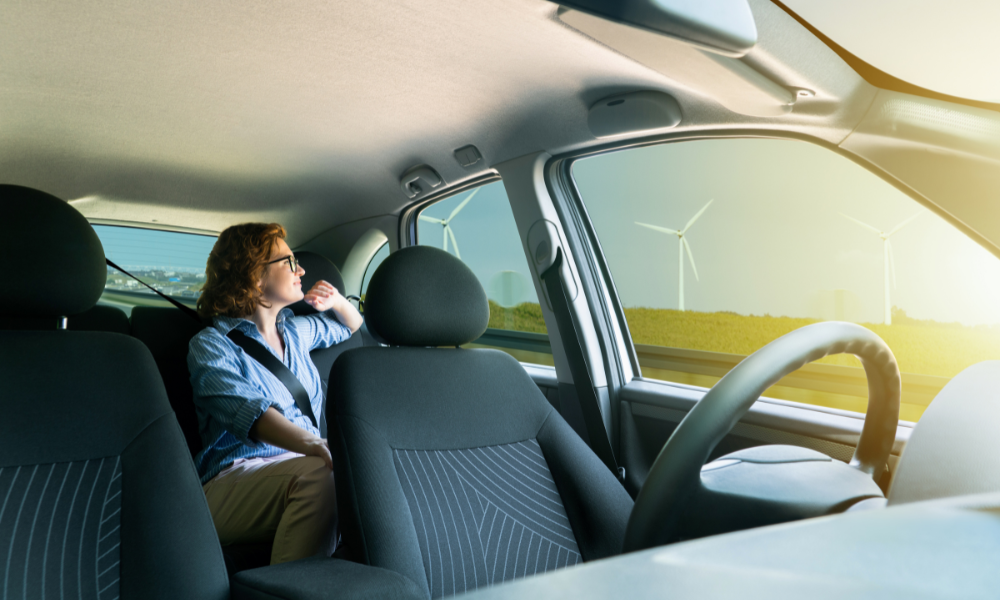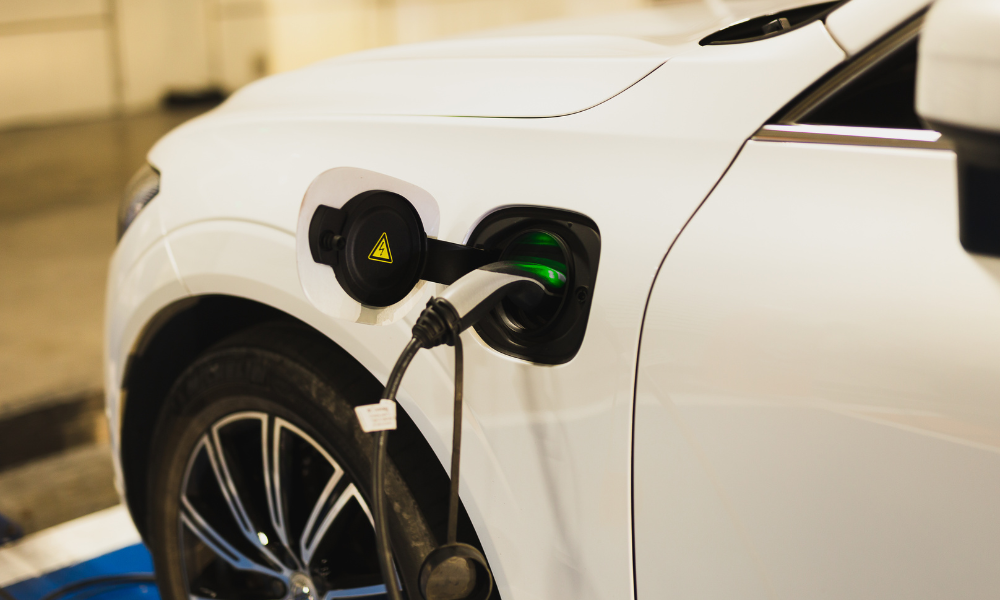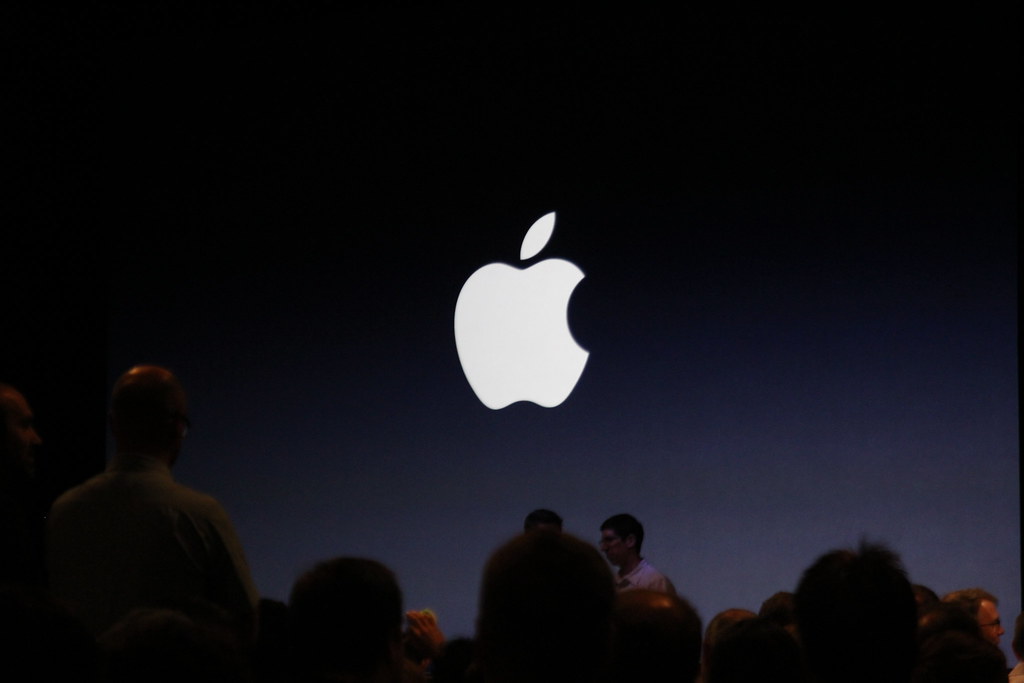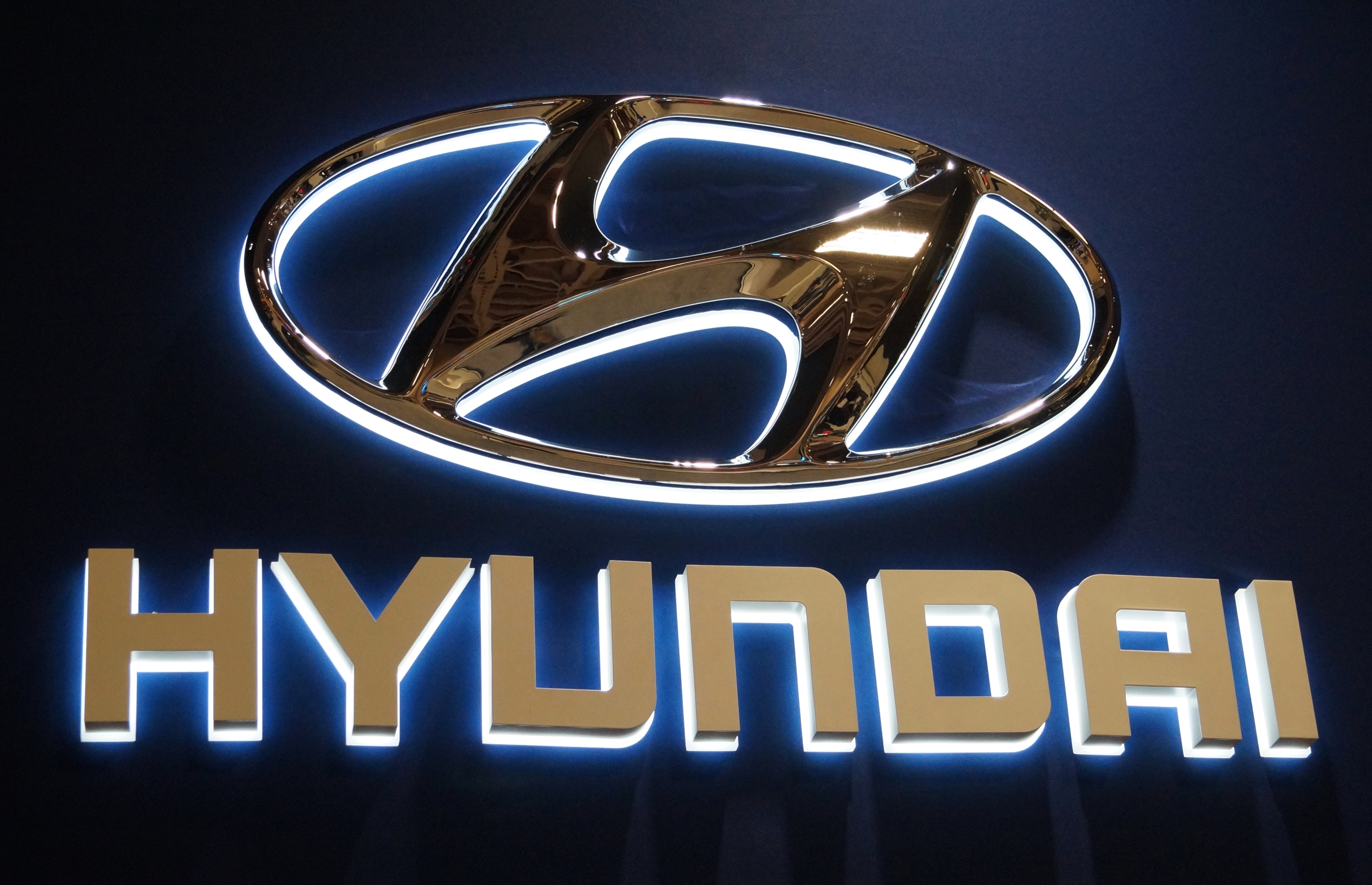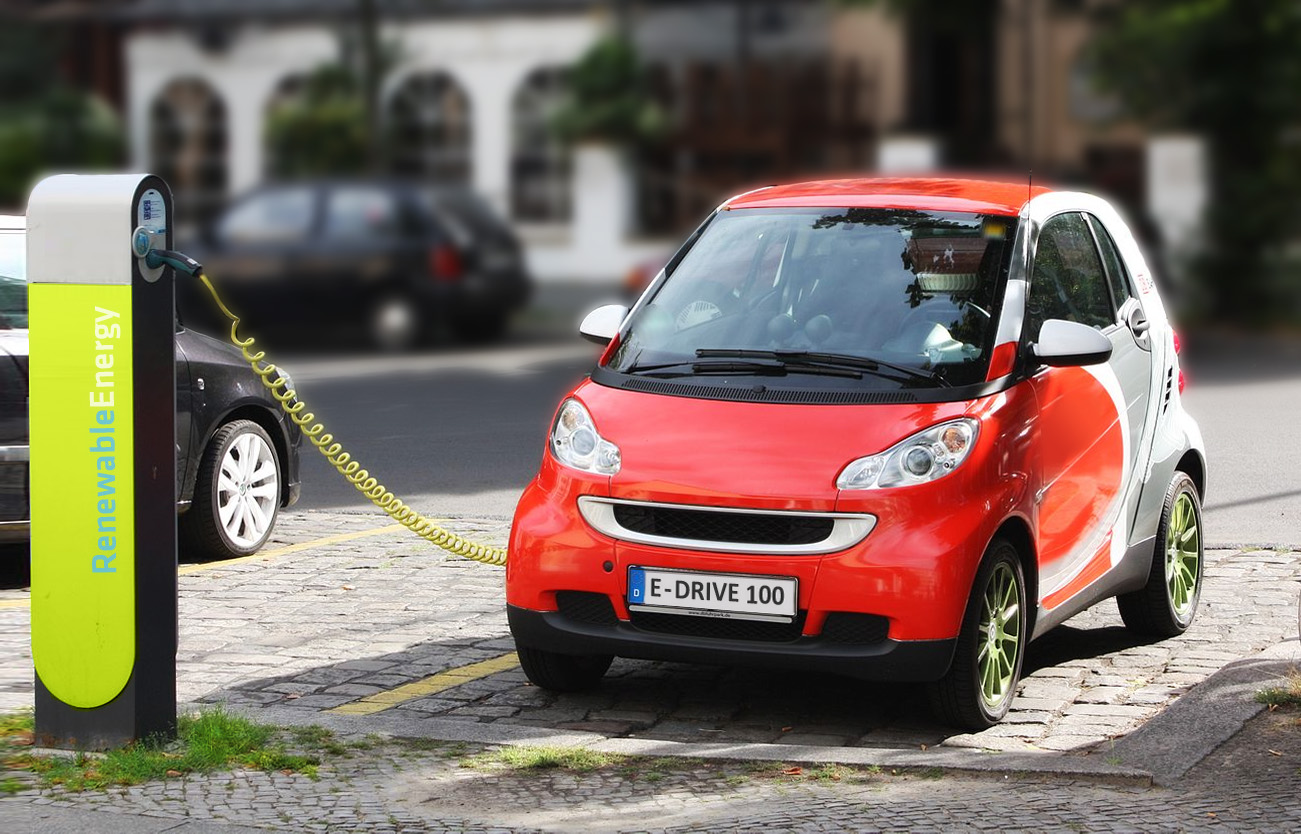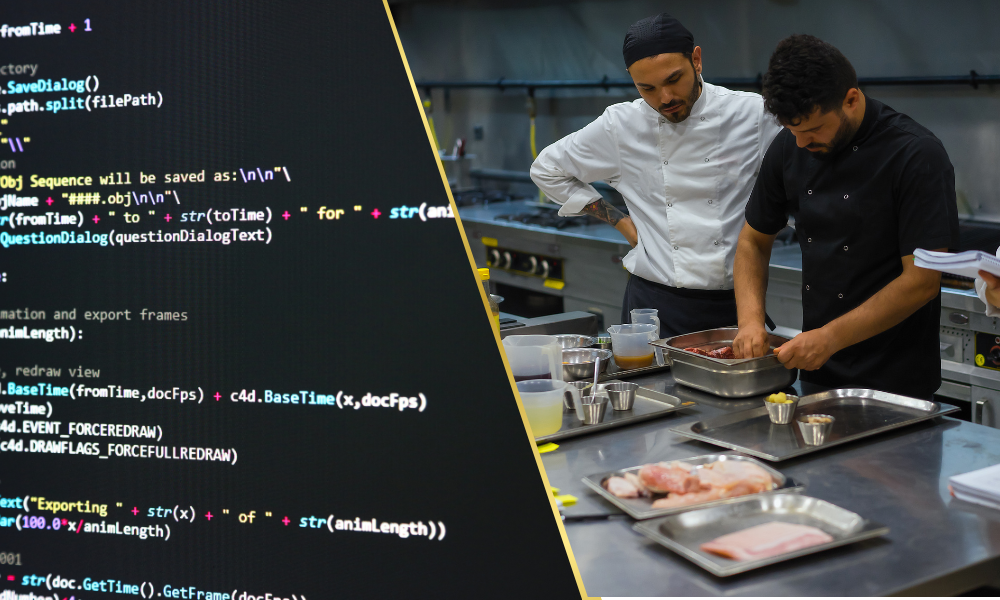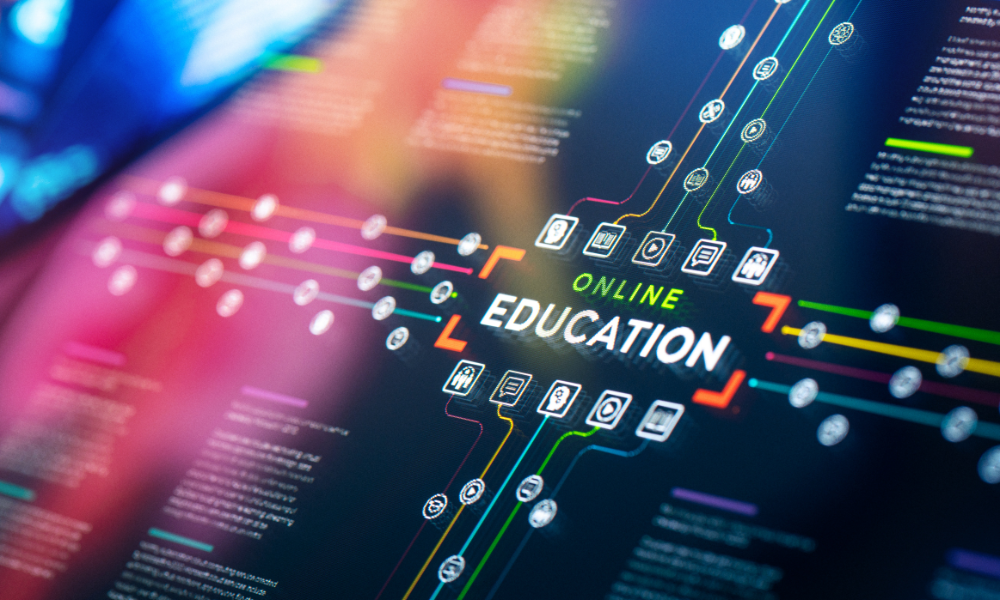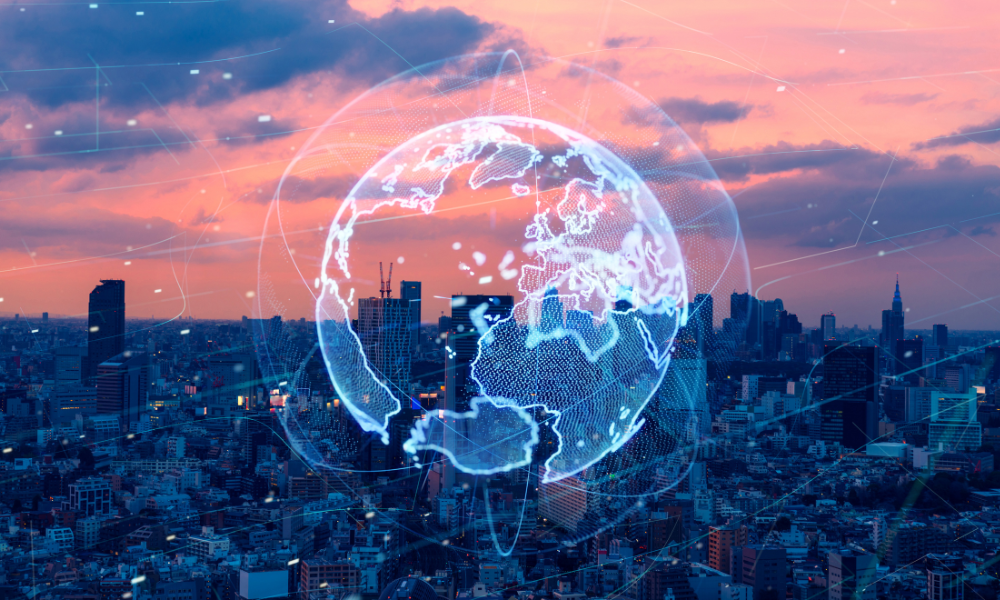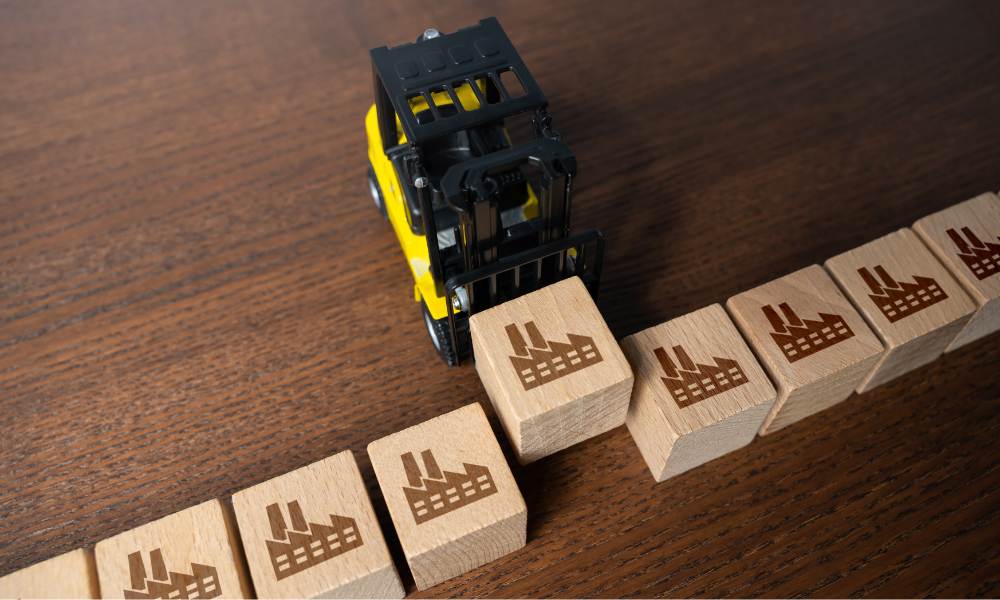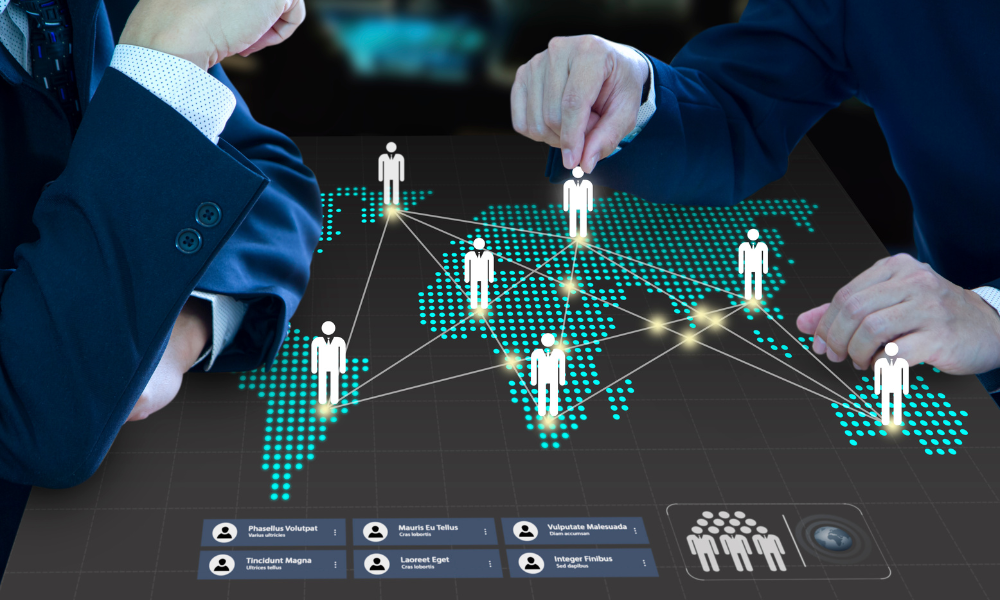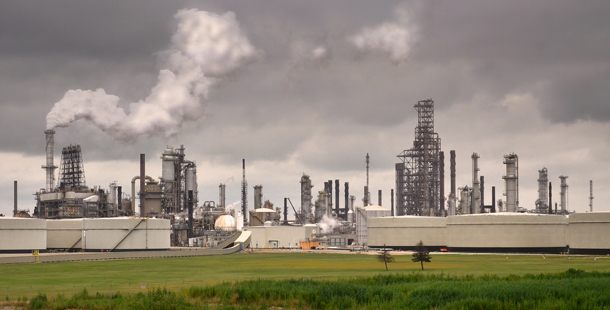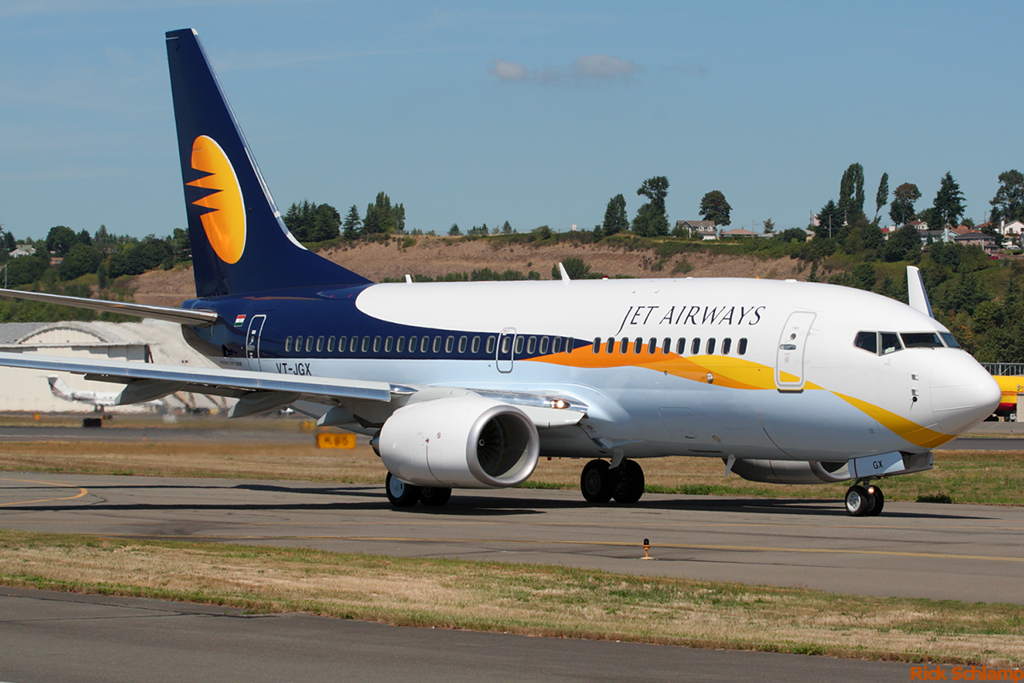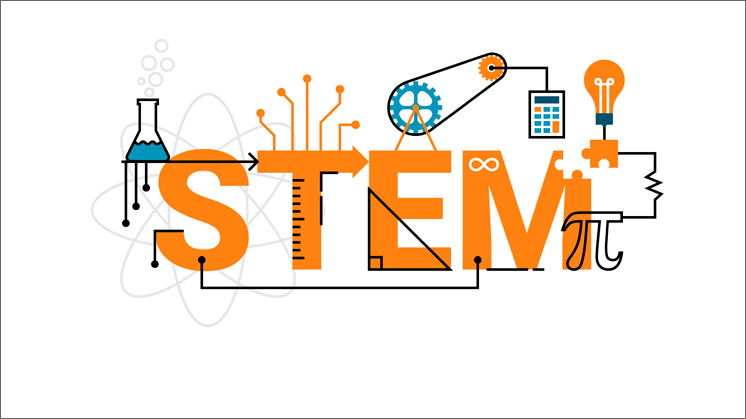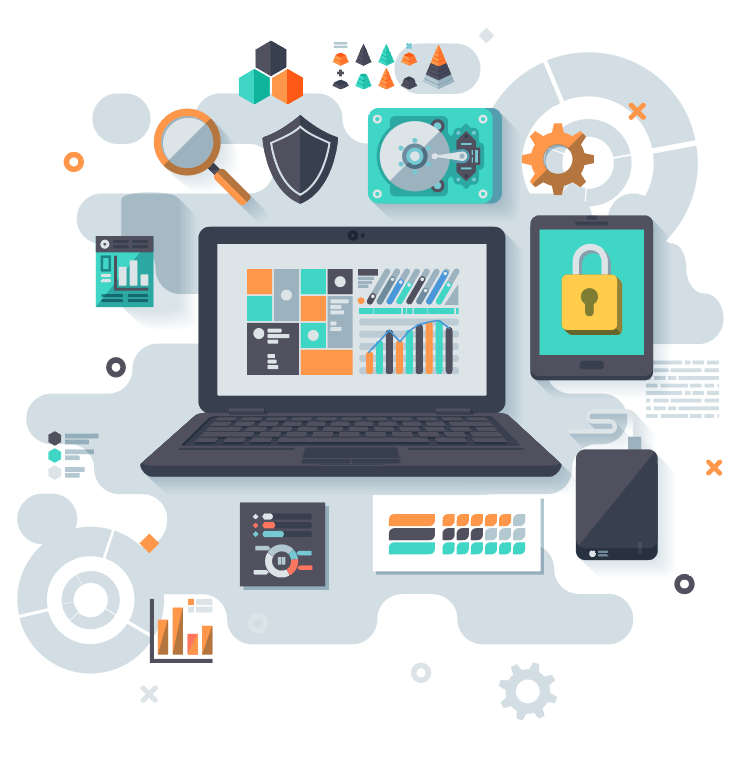Automation, Industrial Automation, Future of work, Human Machine Collaboration, Robotics, AI in Industry
In recent years, the landscape of industrial automation has undergone a remarkable transformation. With advancements in robotics, artificial intelligence (AI), and machine learning, the integration of humans and machines in the workplace has become more intricate and nuanced than ever before. This evolution has given rise to a new paradigm in manufacturing and industrial settings — one characterized by seamless collaboration between humans and machines. In this blog, we delve into the dynamics of human-machine collaboration in industrial automation and explore its implications for the future of work.
The Evolution of Automation: To understand the future of human-machine collaboration, it's essential to trace the evolution of automation in industrial settings. Traditional automation was predominantly focused on replacing human labor with machines, aiming to streamline repetitive tasks and enhance productivity. However, this approach often led to concerns about job displacement and the dehumanization of work.
In contrast, the modern landscape of industrial automation emphasizes collaboration between humans and machines. Rather than replacing human workers entirely, automation technologies are designed to augment human capabilities, enabling workers to focus on tasks that require creativity, problem-solving, and critical thinking. This shift from automation to augmentation marks a significant turning point in the relationship between humans and machines in the workplace.
The Role of Artificial Intelligence and Robotics: Artificial intelligence (AI) and robotics play pivotal roles in facilitating human-machine collaboration in industrial automation. AI-powered systems can analyze vast amounts of data in real-time, identify patterns, and make decisions with a level of speed and accuracy that surpasses human capabilities. Robotics, on the other hand, enable physical interactions between humans and machines, allowing for tasks to be performed collaboratively in shared workspaces.
One of the key advantages of AI and robotics is their ability to adapt to changing circumstances and environments. This flexibility enables seamless collaboration between humans and machines, as they can work together to address complex challenges and optimize processes in real-time. Whether it's predictive maintenance in manufacturing plants or autonomous vehicles in logistics, AI and robotics are reshaping the way humans and machines interact in industrial settings.
Enhancing Safety and Efficiency: Human-machine collaboration in industrial automation isn't just about increasing productivity — it's also about enhancing safety and efficiency in the workplace. By leveraging automation technologies, companies can minimize the risk of workplace accidents and injuries, particularly in hazardous environments. Robots equipped with sensors and AI algorithms can identify potential safety hazards and take corrective actions to prevent accidents before they occur.
Moreover, automation technologies can optimize workflows and eliminate bottlenecks in industrial processes, leading to greater efficiency and cost savings. By automating repetitive and mundane tasks, human workers can focus their time and energy on tasks that require human judgment and creativity, leading to higher job satisfaction and improved overall performance.
Challenges and Considerations: While the future of human-machine collaboration in industrial automation holds immense promise, it's not without its challenges and considerations. One of the primary concerns is the potential displacement of human workers due to automation. As machines become increasingly capable of performing a wide range of tasks, there's a risk that certain jobs may become obsolete, leading to unemployment and economic instability.
Another challenge is ensuring that automation technologies are designed and implemented in a way that prioritizes ethical considerations and human well-being. Questions surrounding data privacy, algorithmic bias, and the impact of automation on social inequality must be carefully addressed to ensure that human-machine collaboration benefits society as a whole.
In conclusion, the future of work in industrial automation is characterized by collaborative partnership between humans and machines. By leveraging the power of artificial intelligence, robotics, and automation technologies, companies can enhance productivity, safety, and efficiency in the workplace while empowering human workers to focus on tasks that require creativity and critical thinking. However, to realize the full potential of human-machine collaboration, it's essential to address challenges related to job displacement, ethics, and societal impact. By doing so, we can build a future where humans and machines work together harmoniously to drive innovation and progress in industrial settings.
Powered by: Oh! Puhleeez Branding Agency & NowUpskill
Automation, Industrial Automation, Future of work, Human Machine Collaboration, Robotics, AI in Industry

